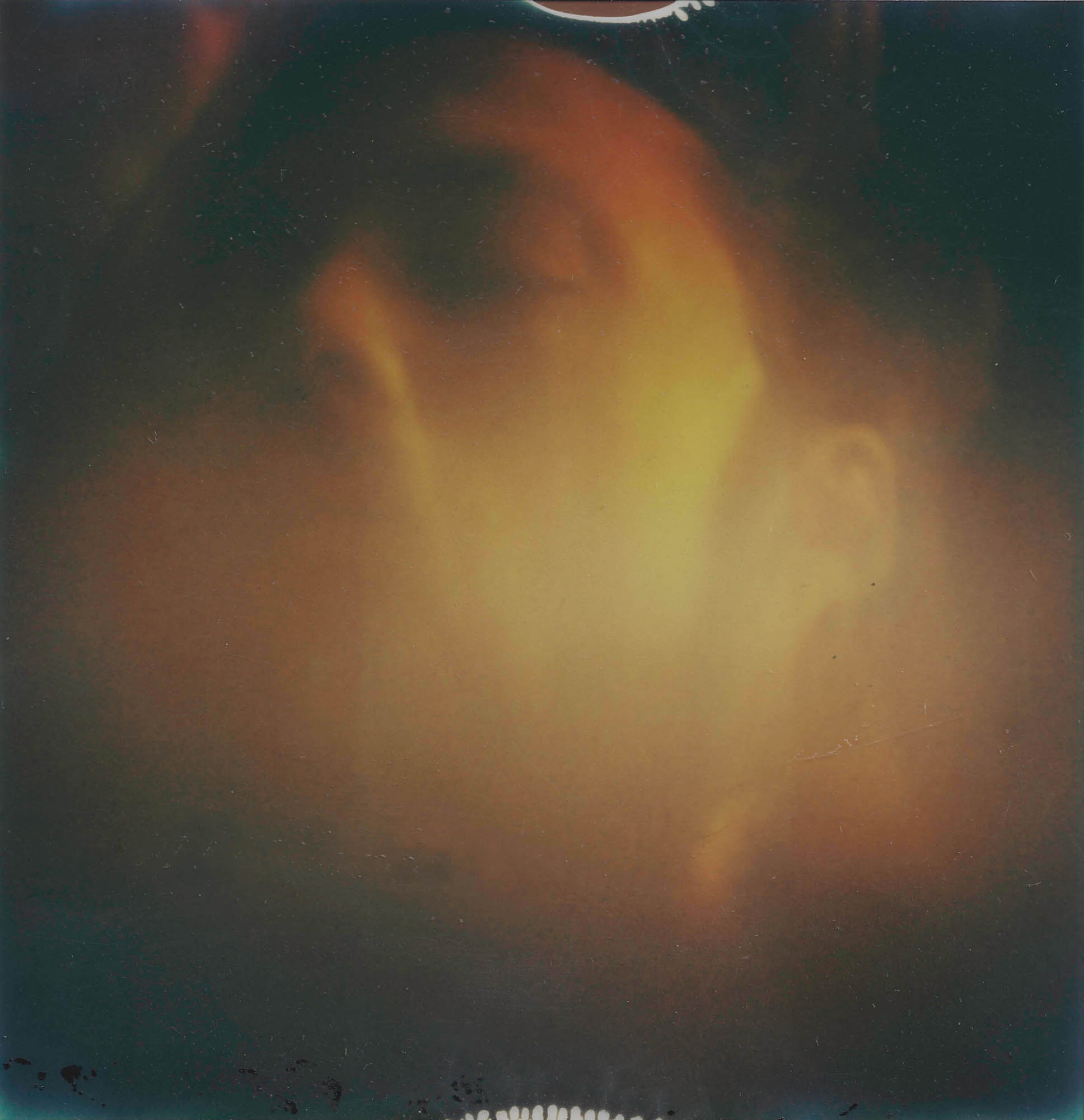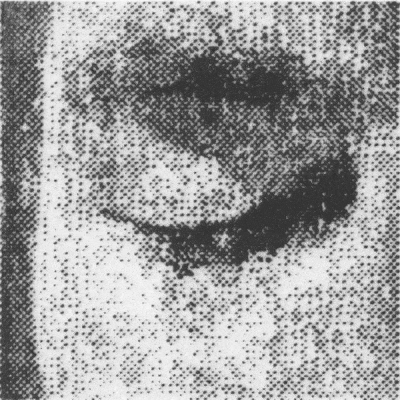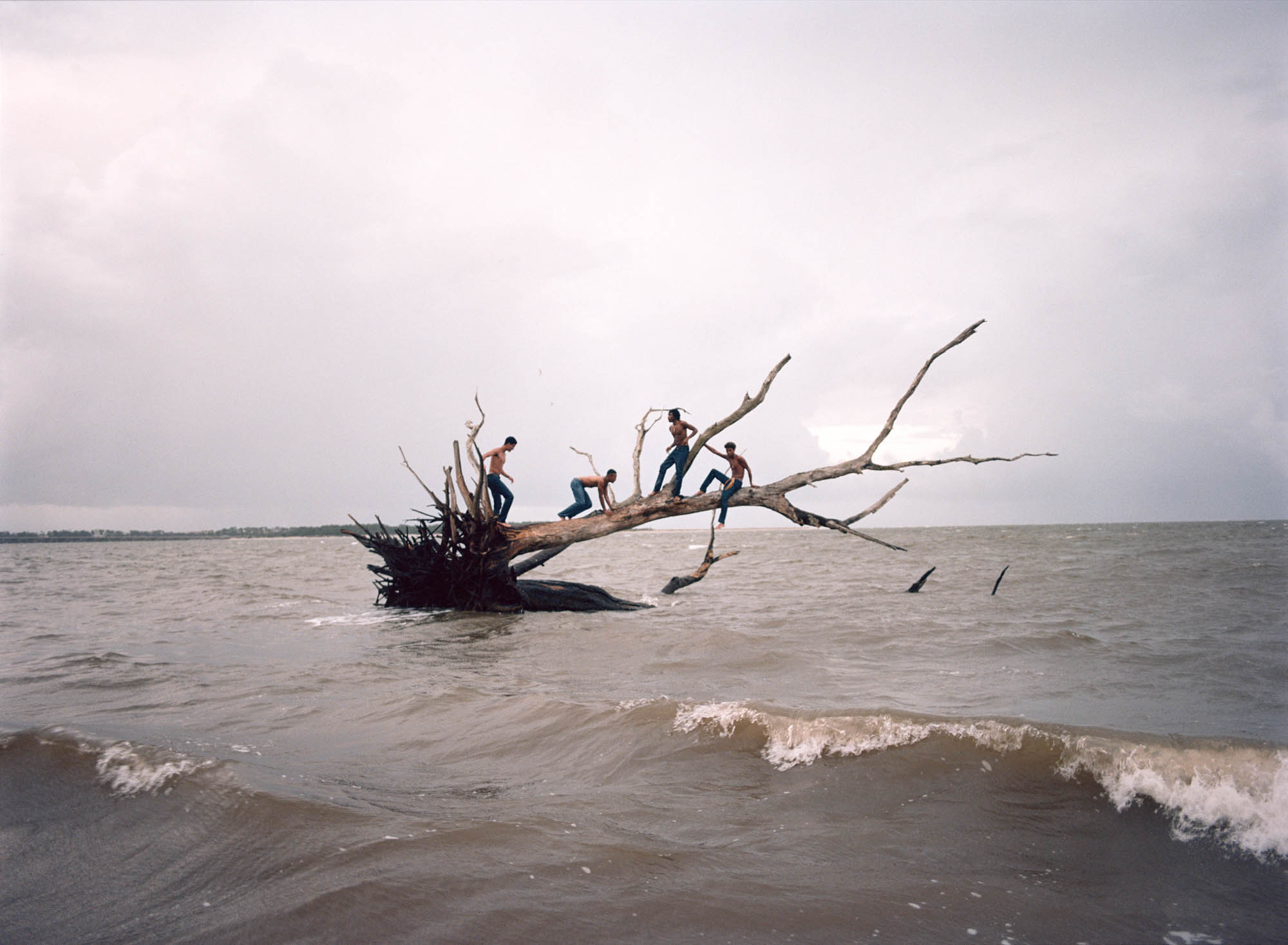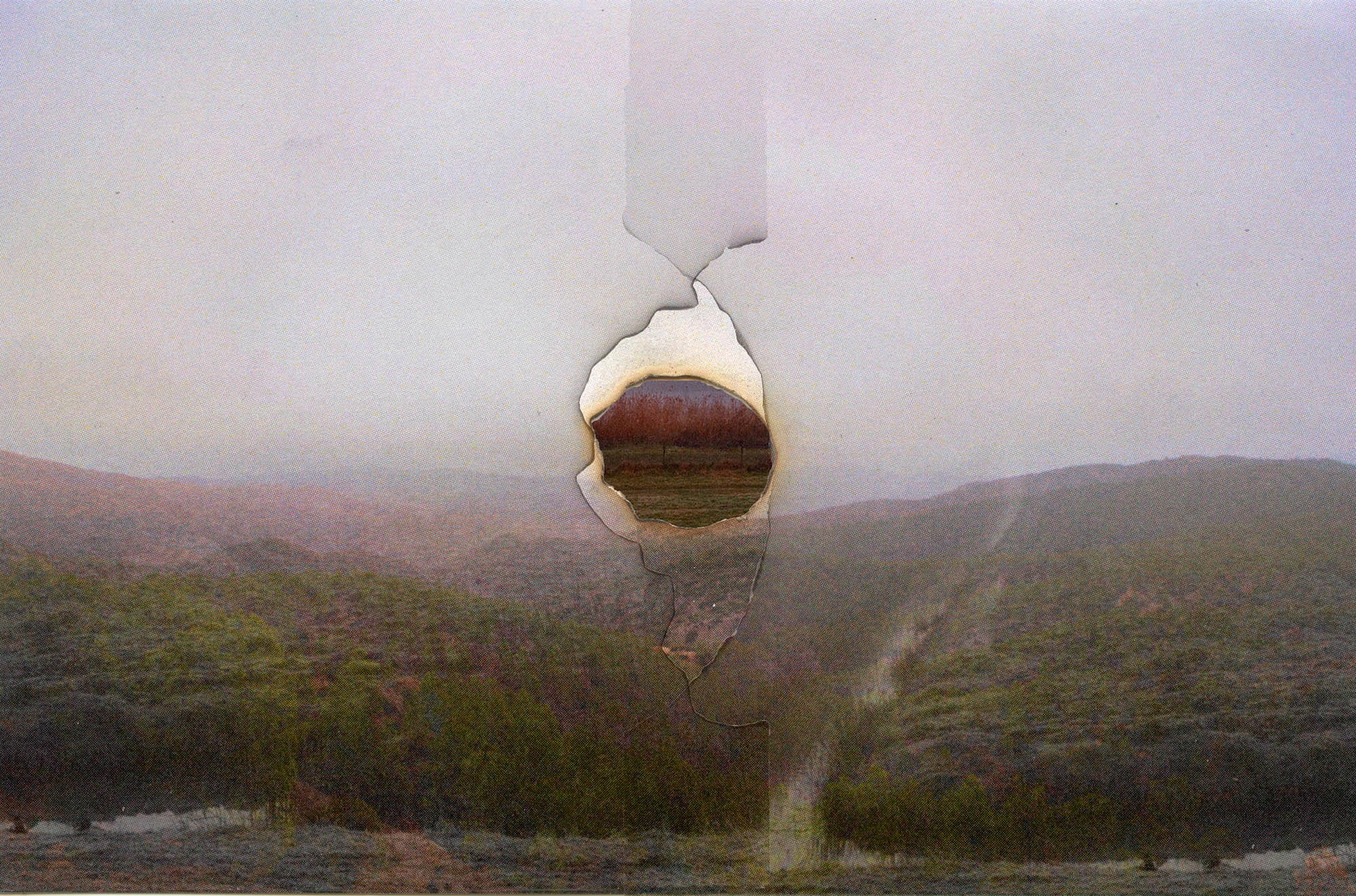Your cart is currently empty
GUIDE – How to price a photograph?
Pricing fine art photography can be easily overwhelming.
Unlike other mediums, price of photo prints vary on many factors — size, edition, printing method, artist reputation, and presentation all affect value. This guide breaks down these elements into a simple formula so you can price your work confidently, whether you’re just starting out or well established.
When a gallery, curator, or buyer asks “How much is this print?”, having a ready answer is crucial. If you don’t keep a price list, you should at least be able to calculate one quickly or risk missing a sale. Consistent pricing also builds trust and professionalism and having a clear method to follow will be beneficial.
How to price a photograph?
This guide offers a simple but thoughtful approach to help photographers calculate a realistic and fair price for their work. The method outlined below provides a base structure you can use and adjust. In only a few seconds, you will be able to value your work, and most importantly to understand the reasoning behind the price.
Disclaimer: This is only a simple formula and should be used as a guide. In case of doubt, always get a second opinion.

Use the following formula to calculate the price of a photographic print:
(Width + Height in cm) × Artist Coefficient × Edition Coefficient × Medium Coefficient + Extra Costs
Estimated Price: €0.00
Artist Coefficient
This coefficient reflects your experience level and how recognised you are in the art world. It ranges from 1.5 (beginner) to 30+ (prestige level). Choose the range that best describes your current status:
1 – 2 : Amateur / Student / Hobbyist – Just starting out, with little or no exhibition history.
3 – 4 : Emerging – Some local exposure, participation in small group shows or online platforms.
5 – 6 : Developing – Exhibiting more regularly, building a personal style and collector base.
7 – 10 : Established / Mid-career – Represented by galleries, consistent sales, featured in publications.
11 – 15 : Nationally Recognised – Recognised across your country, perhaps award-winning or collected by institutions.
16 – 22 : Internationally Recognised – Exhibiting internationally, represented by known galleries, with solid secondary market interest.
23 – 30 : Prestige – Museum shows, high-profile collectors, auction results—market-confirmed value.
Your coefficient can also be adjusted by considering your artist experiences outside of exhibitions. An artist that has been working for 10+ years in commercials or directly for clients, but without actual exhibition would have a higher coefficient than an Amateur artist.
Edition Coefficient
The edition size (how many prints are made of the image) greatly influences a print’s value. Rarity increases price. If not “open edition”, the number should always be mentioned on the back of the print next to a signature, or eventually on the front in a corner, in a white border. (e.g., 3/10 means the 3rd print out of a total edition of 10)
0.5 : Open Edition – Unlimited prints.
0.8 : Edition of 20 – More limited but still broadly available.
1 : Edition of 10 – Limited, with collector value.
1.2 : Edition of 5 – Very limited and desirable.
1.4 : Edition of 3 – Rare, often perceived as semi-unique.
2 : Unique – Only one print made and sold.
You can also add Artist Proof prints on top of the others. An Artist Proof is a limited print reserved for the artist’s personal use or approval before the edition is finalized. These prints are identical in quality to the edition but are usually numbered separately (e.g., A/P 1/2). The amount of Artist Proof must always be clearly listed with the amount of Edition printed (e.g., Edition of 5, AP 2).
Medium Coefficient
This reflects the printing material and its perceived value or durability.
0.5 : Non-archival paper – Basic prints with no long-term preservation guarantees.
0.8 : Giclée archival paper – High-quality inkjet prints with long-lasting archival properties.
1,1 : Silver gelatin paper or C-print – Traditional darkroom prints.
1.5 : Unique medium or techniques – Hand-processed with mixed medias, alternative processes, etc.
Framing costs
Framing costs include custom frames, mats, or other presentation expenses.
Do not include production costs such as shooting, retouching, or printing—these are factored into your artist coefficient.
Direct Sales vs. Gallery Sales
Galleries typically take a commission of 30–50%.
If you are represented by a gallery, you can use the higher end of our Estimated Price. If you are only doing direct sales without exhibition or gallery representation, you can use the lower end of the range.
It is also commonly accepted to give discounts when doing direct sales even while being represented by a gallery. That would only apply to work not currently consigned by the gallery, and it is still recommended to be transparent with your agent and agree on such discounts when doing studio visits, etc. Still, your prices should always be listed the same on every channels and a direct sale discount should never be advertised in order to not bypass your gallery.
FLOOR PRICE
To ensure profitability, your final price should always be at least 50% higher than your printing costs. This “floor price” protects you from undervaluing your work.
What else could influence the value?
Other variables could influence the value of your work, which we kept out of the formula to remain simple. Here are a few things to keep in mind too:
– your location : in cities with established art markets (e.g. Paris, Berlin, New York, London, Tokyo), buyers are used to higher prices and are often willing to pay more for fine art photography.
– the history of the piece : if the work has been shown in notable galleries or institutions, or published book or catalog, especially by a known publisher, it could add long-term value.
Conclusion
This method helps create consistency and transparency in your pricing, especially if you’re building a portfolio or working with galleries. It is not meant to be perfect, but it will give you a strong foundation that reflects both market norms and your own professional development.

Pictures are from the launch of our FIG001 book, at AFF Galerie in Berlin




